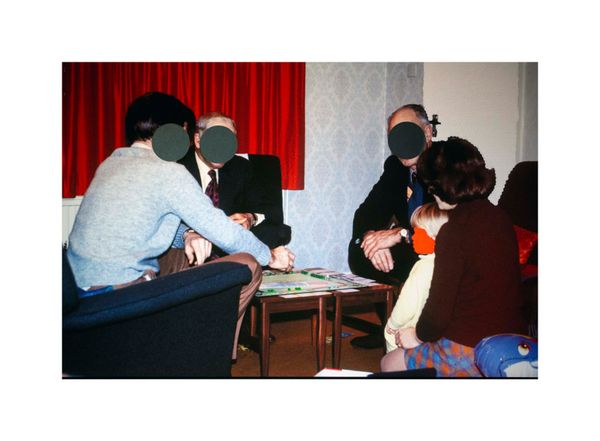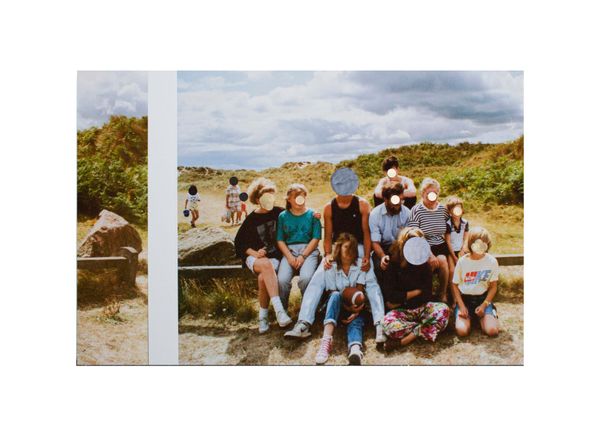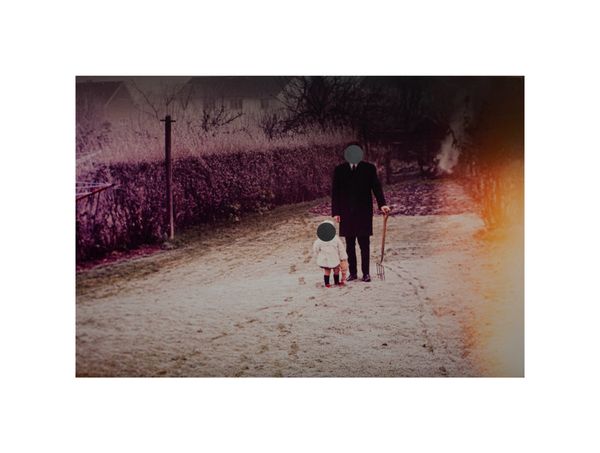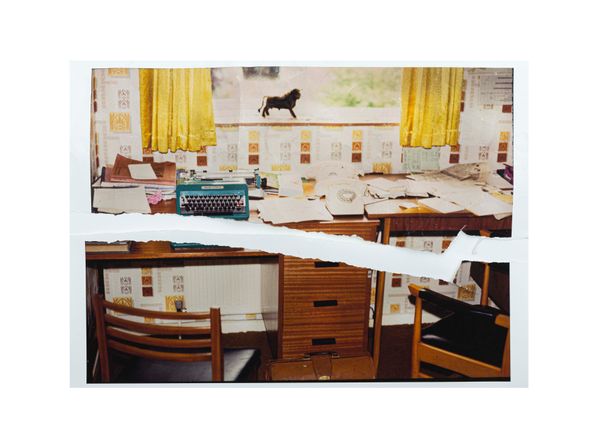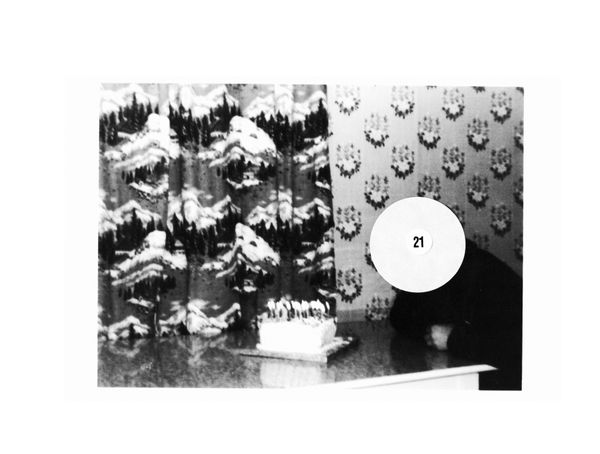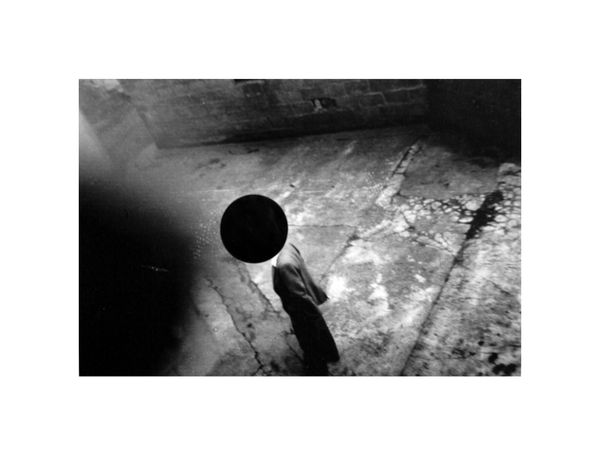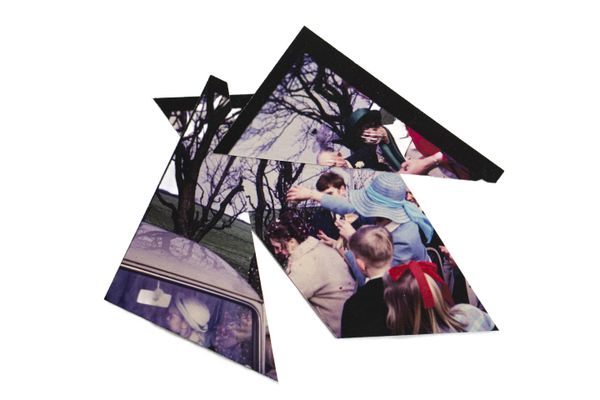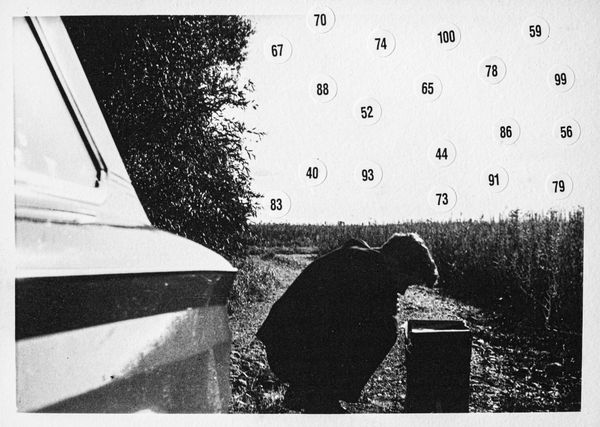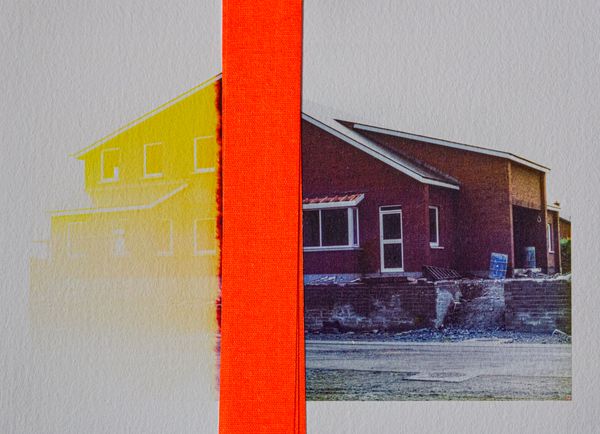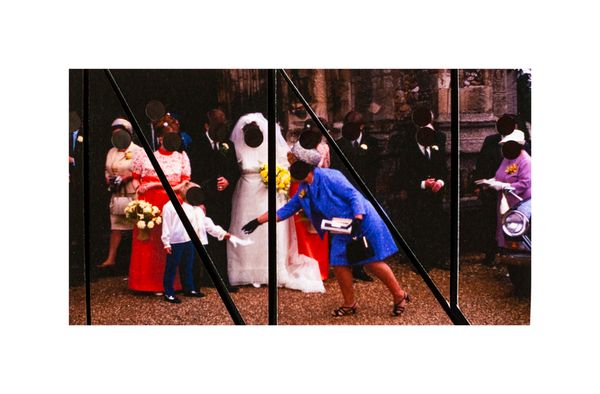"Age is a Privilege, Unless You Forget!"
-
Dates2022 - Ongoing
-
Author
- Location London, United Kingdom
"Age is a Privilege Unless You Forget" is not just a book—it is a tactile, emotional experience. Designed as a deconstructed book, it invites the reader to feel, respond, and release as they engage with the realities of dementia and ultimately grief.
Dementia isn’t just personal—it’s something that will touch almost every life in some way. Worldwide, over 55 million people are currently living with dementia, and that number is expected to rise to nearly 140 million by 2050. But behind every statistic is a family, a relationship, a network of memories that begin to unravel. Dementia doesn’t just affect the person diagnosed—it reshapes the lives of everyone around them. That’s why projects like mine exist—not only to process what’s happening, but to create space for empathy, awareness, and collective reflection.
This project started as a way to understand Dad and what stage was at within living with Alzheimers.I started using my dad’s photographs because they felt like a bridge between us—like a way to see through his eyes at a time when he was starting to forget so much. I didn’t even know how much he loved taking photos until after his Alzheimer’s diagnosis, and finding those images made me feel close to him in a new way. As his memory faded, I began to work directly with his photographs—cutting them, scraping them, folding them, and covering parts with stickers. It became my way of processing what was happening. Each change I made helped me understand what stage he was in—what he could remember, what was gone, and what I was grieving in real time. It wasn’t just about showing memory loss visually; it was about trying to make sense of it emotionally.
I chose to deconstruct the book because it felt more honest to the experience I was trying to convey. Alzheimer’s doesn’t follow a neat, linear path—it fragments memory, scrambles time, and erodes connections. A traditional book structure felt too orderly, too resolved. Breaking it apart allowed me to reflect the way my dad’s memory—and my grief—actually unfolded: in pieces.
This format gave me room to breathe, to let each element—letters, images, objects—exist on its own terms. Grief isn’t flat. It’s physical. It’s something you hold, something that folds and unfolds, sometimes when you least expect it. I wanted people to interact with the work, not just read it. To touch the pages, open envelopes, unfold a poster, or hold a handkerchief in their hands. That kind of tactile engagement mirrors how we hold onto memory—sometimes tightly, sometimes gently, sometimes not at all. Each part speaks to a different stage of memory or emotion—some clear, some clouded, some hidden. In a way, deconstructing the book gave me a structure that could hold the complexity I was feeling. It allowed me to be vulnerable, to let the work remain open, and to invite others to bring their own stories into it too.
Because ultimately, this isn’t just about my dad or my loss. It’s about how we all experience grief—messy, nonlinear, and deeply human.
